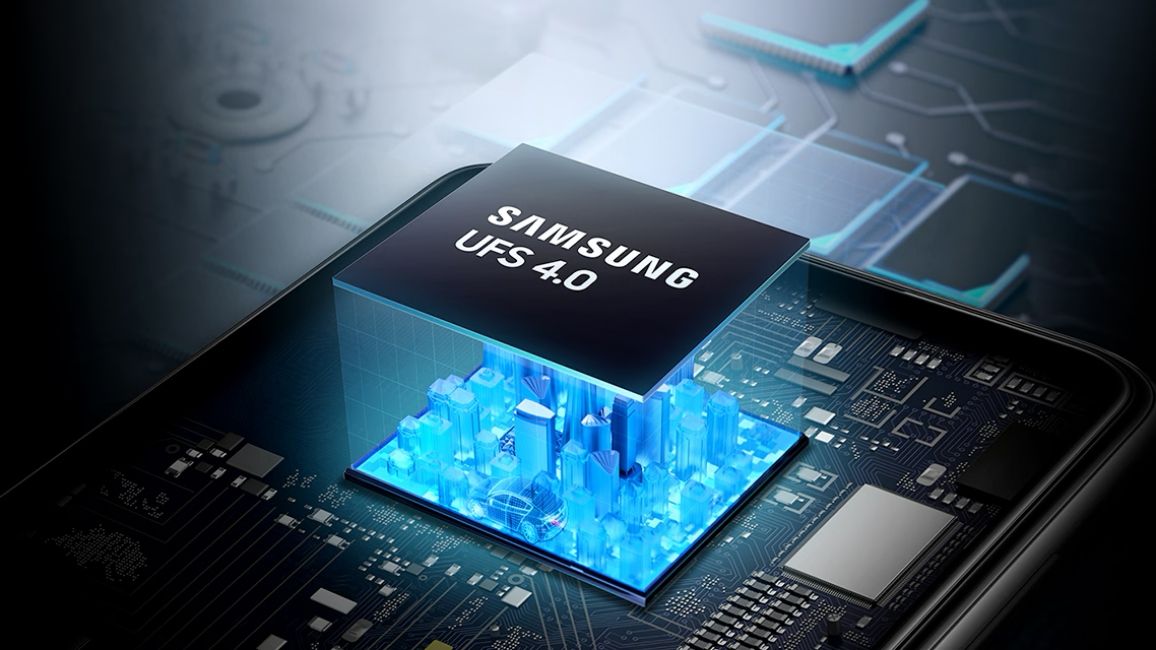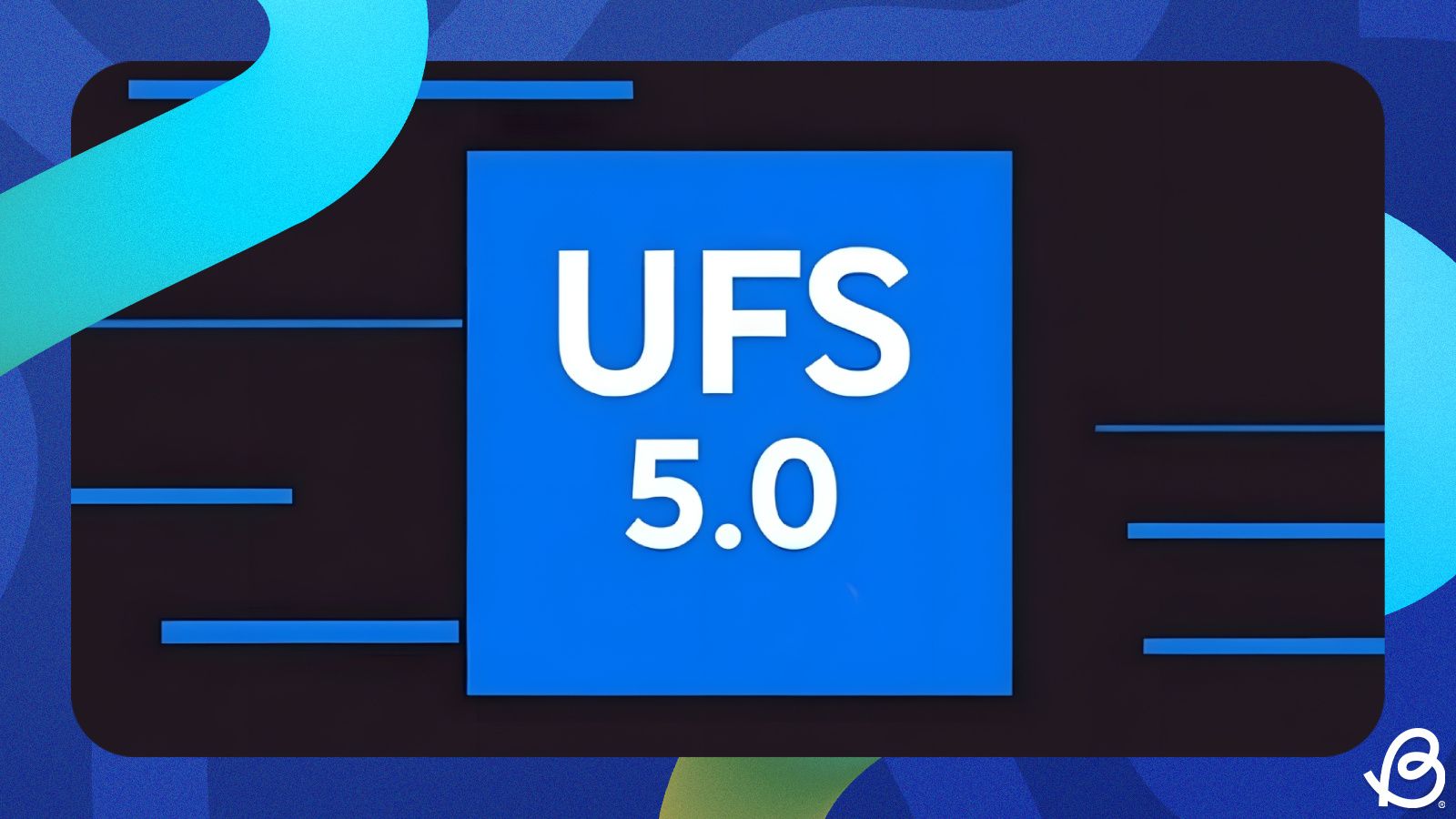UFS or Universal Flash Storage powers almost every Android smartphone out there. UFS storage speeds and capacities have increased tremendously over the past decade, with UFS 4.1 being the latest iteration. Well, JEDEC, the organisation responsible for developing the UFS standard, has announced UFS 5.0, and it brings impressive read/write speeds. Here's everything you need to know about UFS 5.0.
What's new in UFS 5.0?
One of the major improvements with UFS 5.0 is the blazing-fast read/write speeds of 10.8 GB per second, made possible by the new MIPI M-PHY v6.0 technology. For those unaware, MIPI M-PHY refers to a multi-lane superhighway on which data travels. Consider M-PHY as the road through which data moves.
Version 6.0 of the MIPI M-PHY enables an interface bandwidth via a faster speed mode called High-Speed Gear 6. It's what helps the storage achieve a whopping 46.6 Gigabits per second on a single lane. Convert it to Gigabytes per second, and UFS 5.0 achieve nearly 10.8 GB/s transfer speeds using two lanes.
As for how the increased speeds could be leveraged, with more bandwidth, 8K video recording, and high-end gaming would feel much smoother. Besides, JEDEC claims that UFS 5.0 is more power-efficient and scalable.
The latter allows device manufacturers to balance cost, power and performance. It is similar to previous UFS versions, where two devices with the same UFS storage types would perform vastly differently due to differences in their configurations.

JEDEC states that this raw performance underpins the AI capabilities and dramatically improves general use, such as launching apps, saving large video files and reducing game loading times.
Besides, the organisation also says the increased speeds are meant to favour increasing AI demands, thereby benefiting LLMs (Large Language Models). UFS 5.0 is expected to reduce latency and significantly boost the performance of generative AI features, computational photography and real-time on-device AI processing.
UFS 5.0 also introduces Inline Hashing, a hardware-level feature that enhances data protection and integrity. It makes the storage more secure and pretty much immune to tampering.
Besides, it also includes something called integrated link equalisation, which ensures the data signal between the storage and processor remains stable and error-free at high speed. This could mean no more errors or slowdowns when transferring massive files.
How does UFS 5.0 compare to UFS 4.0?
For starters, the main improvement that UFS 5.0 brings over UFS 4.0 are sequential read and write speeds. The UFS 5.0 delivers up to 10.8 GB/s speeds, whereas UFS 4.0 maxes out at 4.2 GB per second. The baseline performance gains are 2.5 times more on UFS 5.0.

Similarly, UFS 5.0 is more optimised for on-device AI and demanding apps. It uses HS-G6 via an improved MIPI M-PHY layer, while UFS 4.0 users HS-G5. Lastly, UFS 5.0 features Inline Hashing and Link Equalisation, improving both security and reliability.
UFS 4.0 marked a significant leap from UFS 3.1, offering double the performance gains, while UFS 4.1 added further improvements with host-initiated defragmentation to optimise read speeds and consistently deliver maximum speeds. The bottom line is, UFS 5.0 offers double the speeds compared to UFS 4.0/4.1, making it the fastest smartphone storage.

And that was everything that's new in UFS 5.0. Now that the standard is here, we could expect manufacturers like Kioxia, Western Digital, Micron, Samsung and SK Hynix to start mass-producing UFS 5.0 storage in 2026. Flagship smartphones with UFS 5.0 storage could come out as early as Q2 2026.
For the time being, upcoming smartphones such as the Vivo X300, OnePlus 15 and the Galaxy S26 are all expected to stick to UFS 4.0/4.1. There's also no information about whether the new and faster storage will bump up storage costs, in which case most manufacturers would be willing to stick to UFS 4.0 because it's still plenty fast.






.jpg)











.png)



